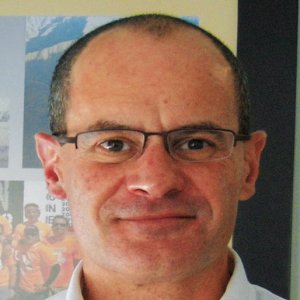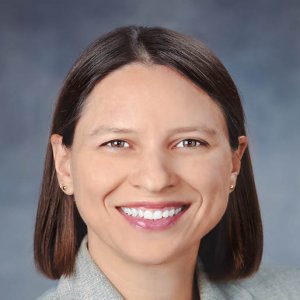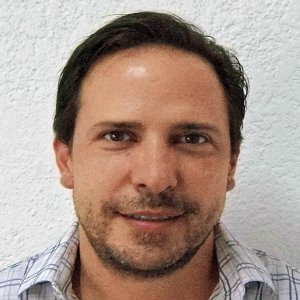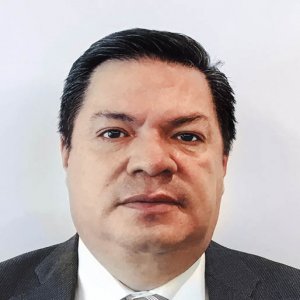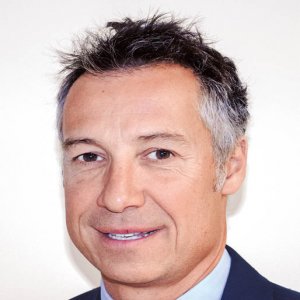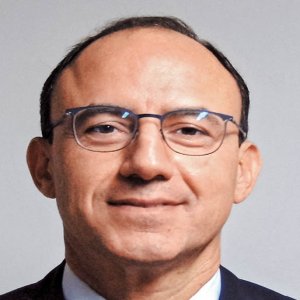Working Together to Overcome Difficulties

STORY INLINE POST
Q: What advantages does this cluster provide for its member hospitals?
A: The cluster has many advantages because it does not only focus on generating added economic value but also on developing the industrial sector and attracting investment. There are important elements that are being addressed, such as nursing, patient security, clinical research and quality of researchers. We are also working on a diploma in research for the members of the cluster.In terms of security, we run simulations of potential accidents in hospitals, in which all hospitals cooperate. The doctors and nurses from the “affected” hospital provide feedback on the reaction of the other hospitals to the emergency. The cluster also has marketing committees focused on attracting health tourism to Monterrey. Monterrey Ciudad de la Salud is an open organization so we are looking for new members. The main criteria for admission is quality
Q: How are you working with universities to ensure that graduates have the skills required of them?
A: First, universities are part of the tourism cluster and include relevant themes in their programs. Second, we are seeing a phenomenon of small details in the health sector such as making English a requirement for graduation. Practice is vital, as a bilingual person can easily lose words that are not used. Much of the student population gains experience in dealing with the conditions most relevant to Mexico, such as NCDs. Epidemiology classes also take into account that people can now die of infections that previously did not exist in a particular region. Zika is one of the clearest examples of how movement patterns have shifted and impact a community.
Q: What have been the cluster’s three most important achievements over the past 10 years?
A: The most important achievement is that we have formed an integrated offer of health services on several levels: prevention, minimal correction and highly sophisticated procedures. In addition, the private sector has focused on and strived to complement the public system, from macro to micro providers.
Secondly, is the development of medical tourism. It is already happening but there are no overarching statistics we can rely on. Although there is still some suspicion of the industry, which is dissipating, medical tourism is increasing thanks in part to the city’s favorable environment. In 2016, medical tourism was strongly reflected in national tourism figures.
A third achievement is that the value chains in this offering have also integrated other sectors through the tourism cluster, such as the hotel industry, the light vehicle sector and aviation. Inter-cluster work has been beneficial in this sense and together we have developed plans to improve integrated services. This concept has strengthened medical tourism. I see an emerging line in digital services and distance care, which is something we could explore in the future.
Q: What are the cluster’s ambitions for 2017 and how will it achieve them?
A: In 2017, our goal is to strengthen medical tourism and the perception and positioning of Monterrey as a destination, in addition to forming a strategy of networks. We can support other clusters across the country and we can cover the demand they cannot satisfy because we are only two hours by air from the furthest cities in Mexico.
Q: How is the cluster working with the government to promote medical tourism?
A: We have a- close relationship with the Ministry of Economy and Labor and the Ministry of Health. Medical tourism is a priority for the government, for the economic incentive it represents for the state and for the possibility of offering care to more people. We have received support through various ministries to develop activities that promote the city, to offer high-quality services and to facilitate processes and paperwork.
